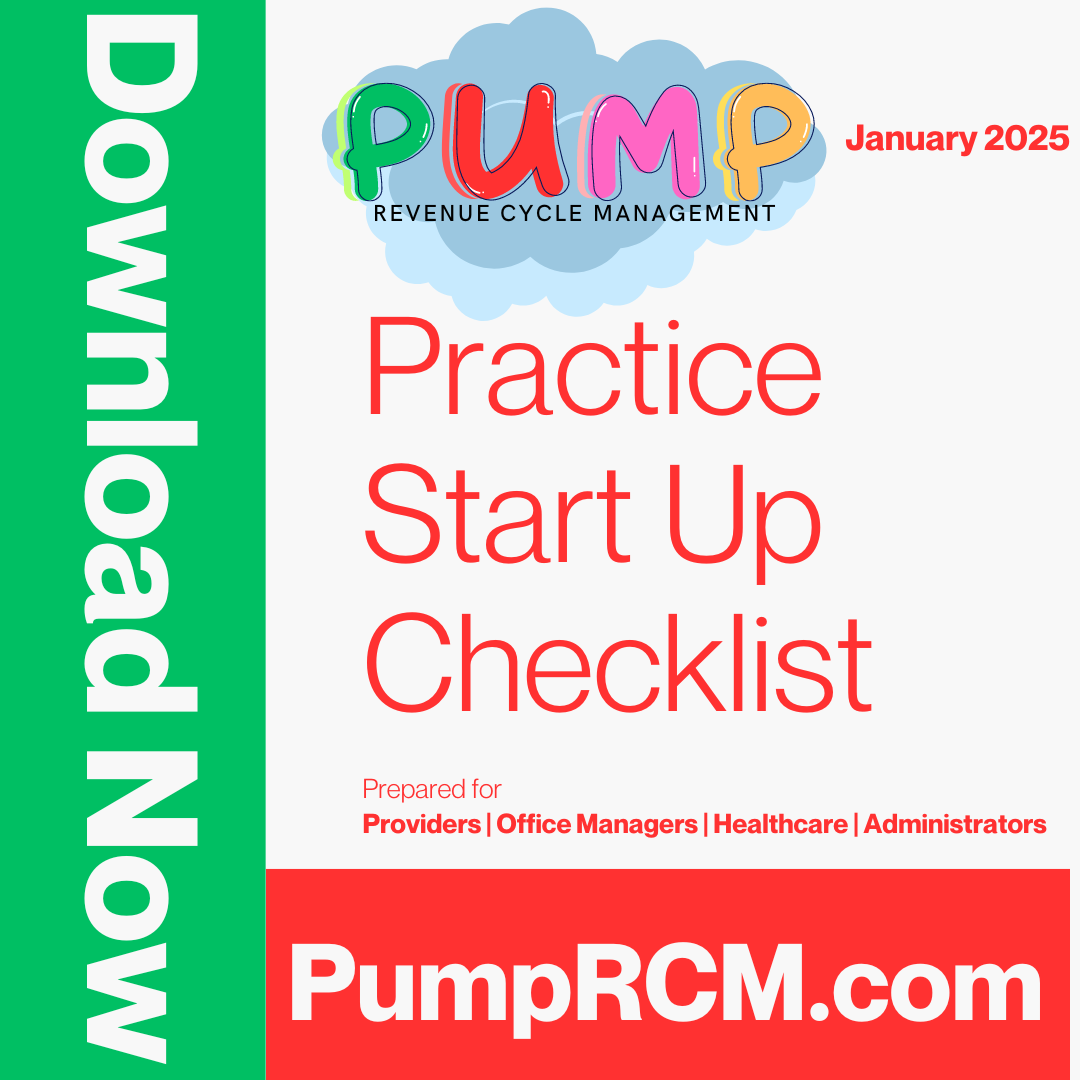Just How Healthcare RCM Solutions Streamline Billing and Collections
Just How Healthcare RCM Solutions Streamline Billing and Collections
Blog Article
A Comprehensive Overview on Exactly How Health Care RCM Functions to Streamline Payment and Collections
Browsing the intricacies of health care earnings cycle monitoring (RCM) is vital for providers aiming to boost their payment and collections processes. The guide unpacks the complexities of RCM, from person enrollment to accounts receivable administration, supplying insights right into optimizing each action. Incorporating advanced technology and standard treatments can substantially decrease case rejections and speed up repayment cycles. Yet, real challenge hinges on seamlessly merging these elements to enhance money flow. As we discover the core parts and strategies that drive efficiency, one inquiry stays: just how can health care entities best setting themselves to thrive economically in an ever-evolving industry?
Comprehending Revenue Cycle Administration
RCM is a critical management feature that encompasses the entire monetary process of individual treatment, from the preliminary consultation setting to the last payment of the balance. It is an intricate procedure developed to identify, gather, and manage the revenue from the solutions given to individuals.
The RCM process begins when a patient schedules an appointment and extends via the person's care trip, including payment and collections. An essential objective is to reduce the time between obtaining and supplying a solution payment, thus improving the company's financial wellness. RCM includes different functions such as patient registration, insurance confirmation, charge capture, coding, asserts entry, settlement posting, and managing allures and denials.
Trick Components of RCM
In the world of Revenue Cycle Management (RCM), understanding its vital elements is fundamental to attaining financial performance within medical care companies. RCM is a thorough procedure that encompasses numerous phases, each crucial to making certain effective payment and collections. The primary components consist of patient registration, insurance confirmation, charge capture, coding, case submission, repayment uploading, and accounts receivable management.


Once coded, cases are sent to payers, where precision is extremely important to stay clear of beings rejected or hold-ups - Healthcare RCM. Repayment posting entails taping the gotten settlements, which permits for the reconciliation of accounts. Last but not least, accounts receivable management concentrates on tracking and dealing with unpaid insurance claims, making sure prompt follow-up and resolution
Each component of RCM is interconnected, and inadequacies in any kind of component can interfere with the whole cycle. Therefore, understanding these aspects is crucial for doctor to enhance earnings and boost their monetary health and wellness.
Techniques for Efficient Invoicing

Standardizing billing procedures throughout the organization is one more vital method. Developing clear guidelines for documentation, coding, and entry helps preserve uniformity and conformity with governing requirements. Educating staff frequently on these procedures makes certain everybody is updated with the most up to date modifications in payment codes and payer plans.
Precise cost capture is important in avoiding earnings leak. Executing routine audits and tracking systems enables the identification and improvement of disparities prior to they affect earnings. Furthermore, preserving open lines of communication with payers helps to swiftly resolve any kind of disputes or misconceptions that might arise.

Last but not least, interesting patients early in the invoicing procedure by offering clear quotes and educational materials regarding their financial obligations can substantially lower complication and enhance payment timeliness. These approaches jointly contribute to a more effective and economically healthy and balanced billing system.
Enhancing Collections Procedures
Given the intricacies of clinical billing and the range of payer requirements, boosting the collections procedure entails executing calculated actions that guarantee precise and prompt payment of solutions made. Automation tools can aid in tracking insurance claim statuses, sending out timely suggestions to people, and wikipedia reference handling denials much more successfully.
Clear and clear individual communications are important. Supplying thorough explanations of fees and using flexible repayment strategies can raise person complete satisfaction and timely repayments.
Routine audits of the collections procedure must be carried out to identify areas for renovation and make certain compliance with regulations. By examining information, medical care companies can recognize trends, anticipate potential problems, and adjust strategies appropriately (Healthcare RCM). Inevitably, a well-enhanced collections procedure not just supports monetary health and wellness yet additionally adds to an extra seamless experience for clients and personnel alike
Optimizing Earnings Streams
Structure upon the structure of a strong collections process, medical care organizations can further boost their financial security by tactically optimizing income streams. This involves a multi-faceted method, beginning with a detailed evaluation of existing income sources to identify ineffectiveness and locations for growth. Utilizing innovative information analytics devices enables companies to acquire understandings into payer mix, patient demographics, and service application patterns, permitting for data-driven decisions that improve profits capture.
Carrying out automated billing systems can substantially lower mistakes and accelerate insurance claims refining, guaranteeing that revenue is accumulated much more efficiently. Moreover, enhancing payer agreements through regular negotiations can enhance repayment rates and terms, directly affecting the lower line. Expanding solution offerings, such as including telehealth or health care, can likewise bring in a wider person base, thus enhancing revenue potential.
Another important element is improving client involvement and fulfillment, as satisfied people are more probable to follow therapy plans page and make timely payments. Supplying flexible settlement alternatives and clear billing practices can improve collections and foster client loyalty. Healthcare RCM. By embracing these techniques, medical care organizations can create an extra resistant monetary structure, making sure sustained growth and security in an ever-changing sector landscape
Conclusion
To conclude, healthcare Profits Cycle Monitoring (RCM) plays an essential role in optimizing billing and helpful site collections processes by integrating essential elements such as individual registration, insurance coverage verification, charge capture, coding, claims entry, and balance due administration. By utilizing sophisticated modern technology, standardizing procedures, and cultivating individual involvement, doctor can dramatically decrease insurance claim rejections, accelerate repayment cycles, and boost capital. This thorough approach to RCM eventually results in boosted economic efficiency and sustainability for healthcare organizations.
The RCM process starts when a client routines a consultation and extends with the client's care trip, including payment and collections.One more important part is enhancing individual involvement and satisfaction, as pleased patients are extra most likely to stick to therapy plans and make timely repayments. Offering adaptable settlement choices and clear invoicing methods can improve collections and foster client loyalty.In final thought, health care Income Cycle Monitoring (RCM) plays an important role in optimizing billing and collections procedures by incorporating crucial parts such as client registration, insurance confirmation, charge capture, coding, declares entry, and accounts receivable management. By utilizing innovative technology, systematizing treatments, and fostering individual involvement, health care providers can considerably lower insurance claim denials, increase settlement cycles, and improve cash money circulation.
Report this page